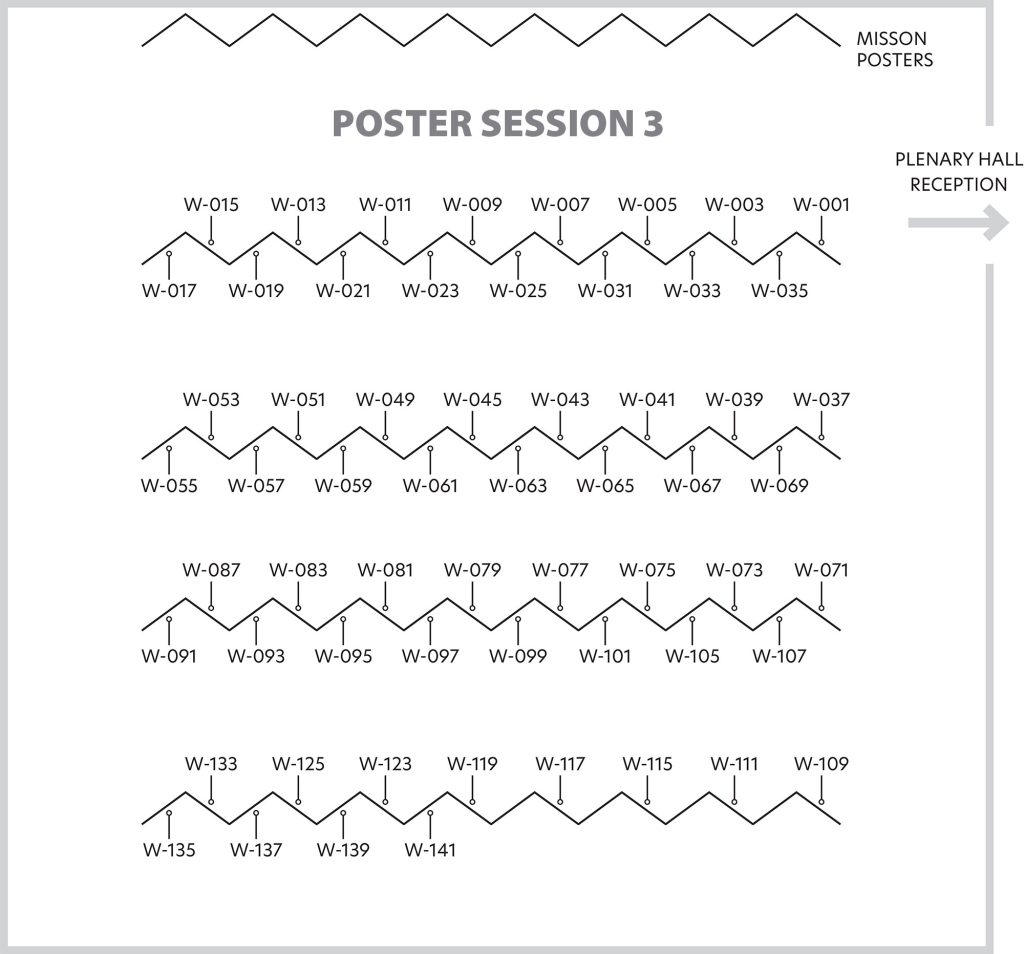POSTER Session 3
Wednesday, October 9
16:50–19:10
Poster Session | 1 | 2 | 3 | 4 | Instructions | Schedule at a Glance
ABSTRACT 751 | POSTER W-117
PICO, NANO AND MICRO-PHYTOPLANKTON VARIABILITY IN THE NORTHERN BAY OF BENGAL: A REMOTE SENSING APPROACH
This study was carried out by implementing the regionally tuned three-component abundance-based model to MODIS-Aqua Chlorophyll-a data for determining the three size classes i.e., picoplankton, nanoplankton, and microplankton in the northern BoB during 2015-2019. This study showed that the small size fraction and large size fraction dominate in the oligotrophic waters and the nutrient-rich waters respectively. Moreover, Pico, nano, and microplankton showed variability between 0.04-0.19 mg/m3, 0.01-0.14 mg/m3, and 0.02-0.33 mg/m3 respectively. Micro-plankton started dominating nano-plankton and picoplankton when the total chlorophyll-a concentration was 0.38 mg/m3 and >0.46 mg/m3 respectively. Microplankton was found low (<20%) followed by nanoplankton (<40%) while the picoplankton reported high (>40%) when the total chlorophyll-a concentrations were minimum. Furthermore, pico fraction dominated by 44.65% share whereas nano and micro fractions were found at 32.65% and 22.34% respectively in the whole study period. Micro-plankton started dominating nano-plankton when the total chlorophyll-a concentration was 0.38 mg/m3 and micro-plankton dominated Pico when the total Chl-a concentration was >0.46 mg/m3. A significant (p<0.05) correlation between MODIS-Aqua-derived Chl and WOD-derived Chl was found with an RMSE value of 0.133.
Md. Shahin Shuva, University of Chittagong, Bangladesh, [email protected], https://orcid.org/0000-0002-6939-1367
Poster Session | 1 | 2 | 3 | 4 |
Instructions | Schedule at a Glance
Questions?
Contact Jenny Ramarui,
Conference Coordinator,
at [email protected]
or (1) 301-251-7708

